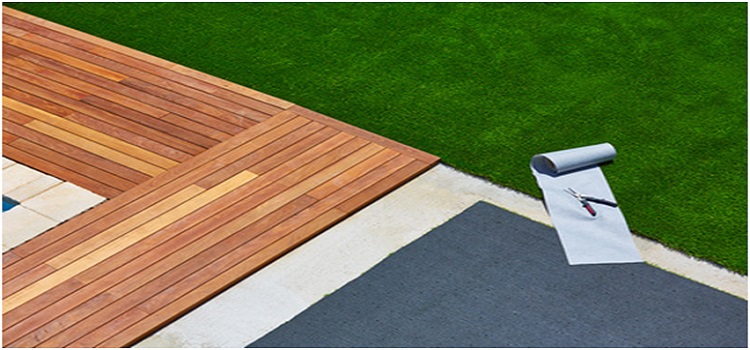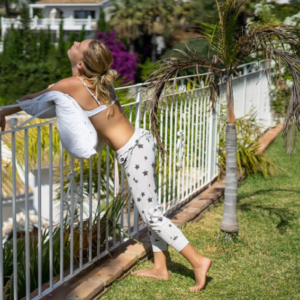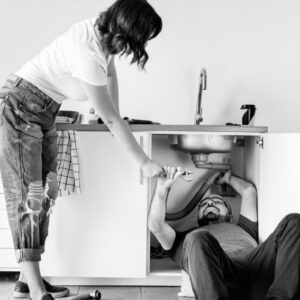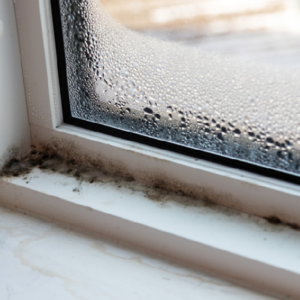It takes a lot of time, money and effort to get a lawn to that perfectly manicured stage, which is why artificial grass is becoming increasingly popular these days. Not only is it weather resistant, but it can take an endless amount of foot traffic too, and still look as good as the day it was installed.
Being fake, it requires no watering at all during the hot summer months, so household water bills are reduced significantly. One big problem during the rainy season, are the puddles that form on a real grass lawn. Fake turf on the other hand, is completely porous, so water runs straight through without building up on the surface. In short, fake grass is the way to go if you want to have a beautiful, effort-free lawn in your garden, and the following guide will show you step-by-step, just how to achieve this.
What you need
To make your job a lot easier, make sure to have all the following together before getting started:
• Artificial grass
• A spade
• Club hammer
• Building sand
• Craft knife
• Weed control material
• Joining tape
• Adhesive
• Protective gloves
• A broom
• A builder’s plank
Getting your garden ready to install your artificial turf
Step 1. Remove your existing lawn to a depth of around 40mm. If it’s a small area, then a spade will be fine to do the job, but if you have a big lawn, then it will go a lot easier and faster if you rent a turf cutter.
Step 2. You will need a suitable base, so spread out the builder’s sand to a depth of around 35mm.
Step 3. Level out the sand as best you can in the entire area (it doesn’t have to be entirely flat), and then compact it using the builder’s plank and the hammer.
Step 4. Roll out the weed control material over the surface of the ground, making sure that the joins overlap each other by at least 300mm.
Laying the artificial lawn
Step 5. Fake grass has a pile that leans slightly to one side, rather than stand straight up. Make sure when you are laying it on the ground, that this pile leans in the direction of the house. The reason for doing it this way, is so that your lawn looks rich and natural when seen from the house. Roll it out over the whole area, making sure to stagger the ends so that they don’t form a distinct line. Use the craft knife to trim the edges off the rolls of grass.
Step 6. It is essential that the grass rolls are laid down in the same direction and the blades of grass are all pointing towards the house. Taking care to not let the blades get caught in between, make sure that the strips of grass lie tightly next to each other.
Joining the grass
Step 7. After laying down all the artificial grass, you will need to join the different rolls together. Fold back about 2.5cm of the edges of the two strips of grass where they lay side-by-side and carefully remove the selvedge with the craft knife.
Step 8. Lay the joining tape along the ground exactly in the middle of where the rolls are to be joined. Apply a zig-zag line of adhesive all along the tape, and then another on either side of the zig-zag line. Lay the edge of one roll of grass down one half of the tape, and repeat with the edge of the other roll, making sure that no blades get stuck to the glue.
Step 9. See that the adhesive sticks properly by pressing down firmly all along the seam, ruffle the blades to hide the join, then leave to dry.
Fixing it down
Fix the edges of the fake grass down by hammering in ground pins every 20cm or so, and then ruffling the pile as before, to hide the pin heads.
Finish off by making your new artificial lawn look lush and more natural, by sweeping the pile with a stiff-bristle broom.




